In Artinis NIRS blog, you will find the latest trends in (f)NIRS, NIRS studies and applications, tutor from the leaders of near infrared spectroscopy, not to mention detailed insights and tips and tricks for your research!
Search blog post topic
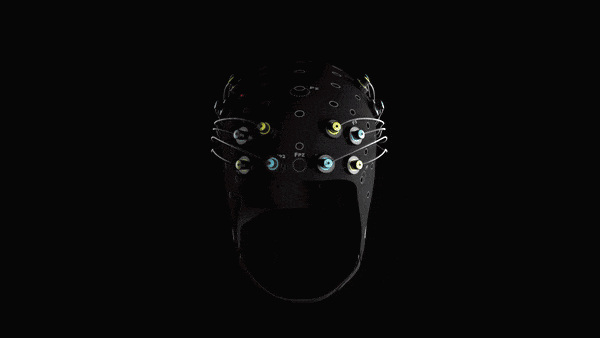
A guide on how to ideally apply an optode template using our (f)NIRS devices
Correctly applying optode templates especially when measuring on the brain can be challenging for many researchers. This blogpost explains, what an optode template is, and how a suitable template can be chosen and correctly applied to ensure proper measurements and good signal quality.
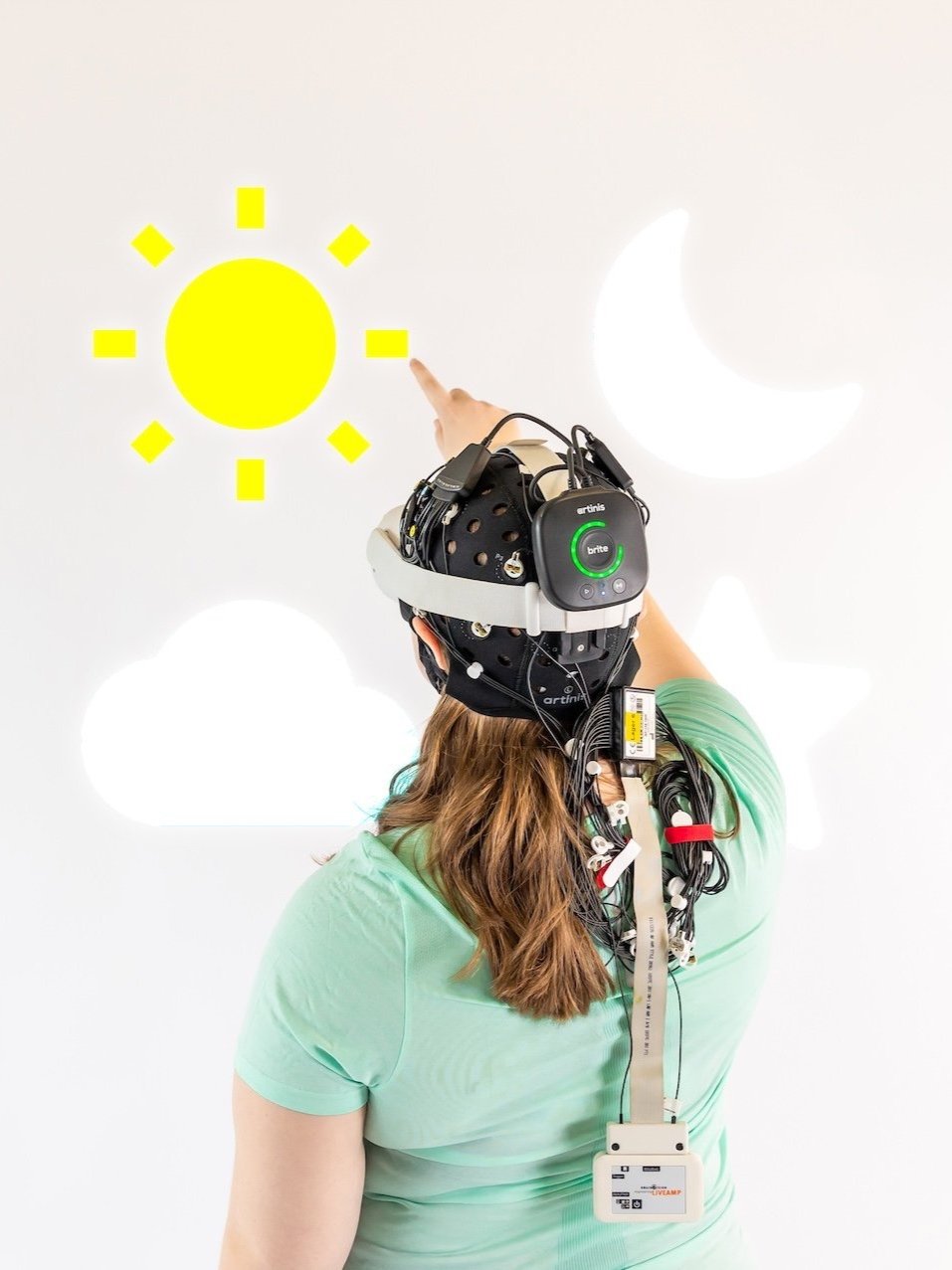
Multimodal fNIRS-EEG measurements — Experimental Design
Finding a suitable experimental design when performing multimodal fNIRS-EEG measurements is an important step in every study. Read this blogpost to learn more about commonly used experimental designs and how those can be adopted in multimodal research.
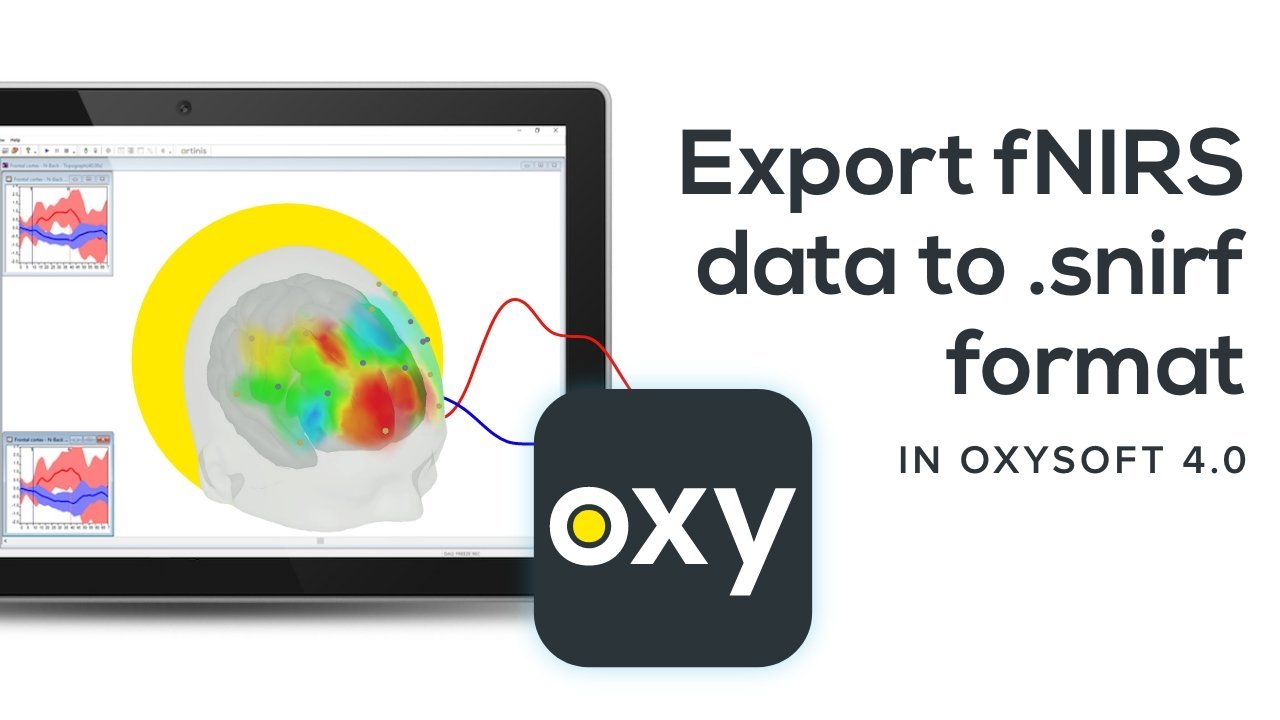
OxySoft 4.0 unlocks easy export of NIRS data to .snirf format
The shared near-infrared file format (.snirf) is a standardized data format that was developed by (f)NIRS researchers to facilitate the exchange and sharing of NIRS data. Read this blog post to learn more about the .snirf format and how to export your data directly to .snirf in our latest software OxySoft 4.0!
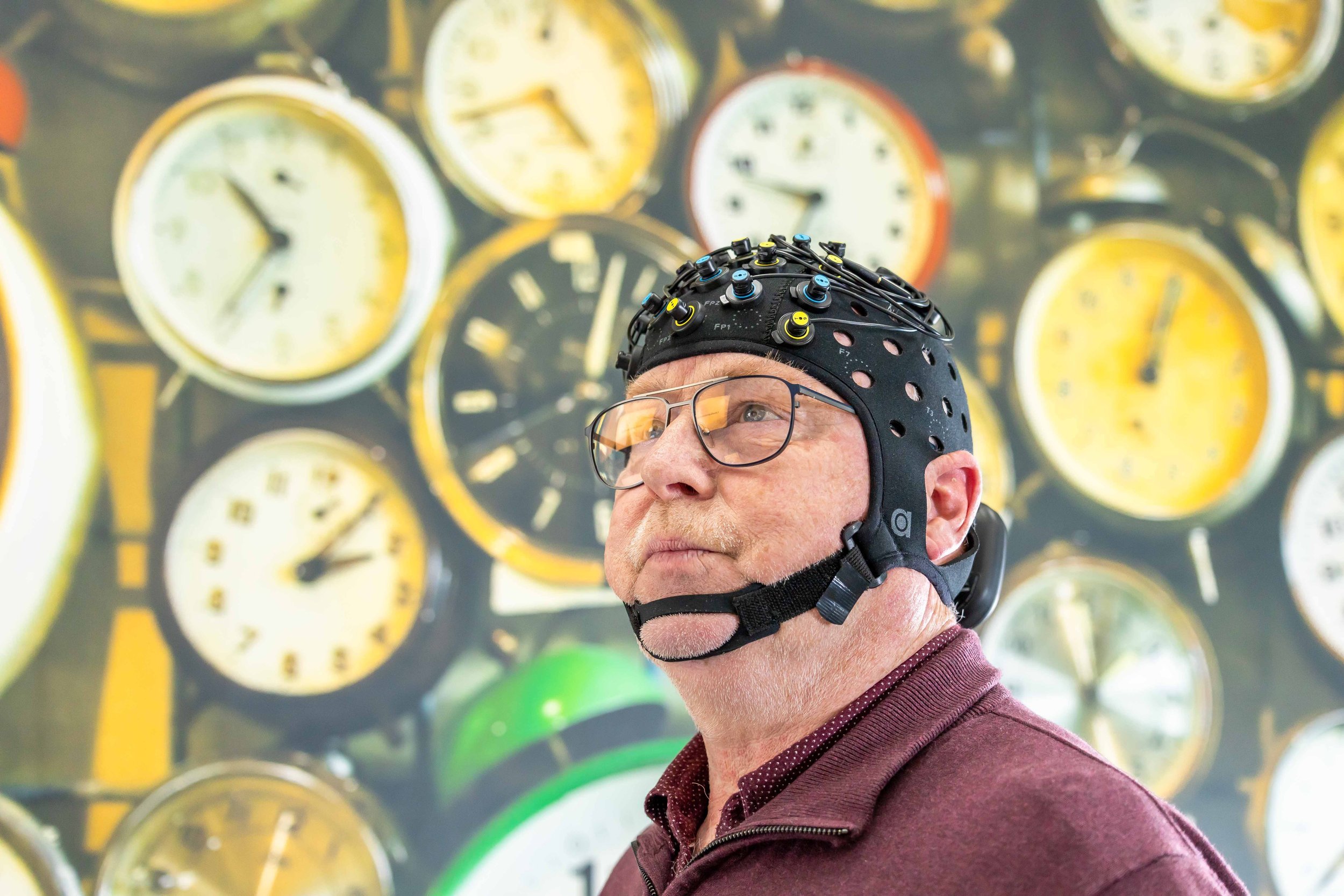
How Artinis fNIRS systems are ideal for monitoring the brain of sensitive participants
Functional Near-Infrared Spectroscopy is a neuroimaging modality measuring brain activity, that offers various advantages, such as easy usability and non-invasiveness. Thus, it can perfectly be applied to sensitive subjects, such as infants, toddlers, and the elderly. Read in this blog post, what makes fNIRS a suitable technology to measure neural activity in sensitive subjects, and how it is currently used in this population.
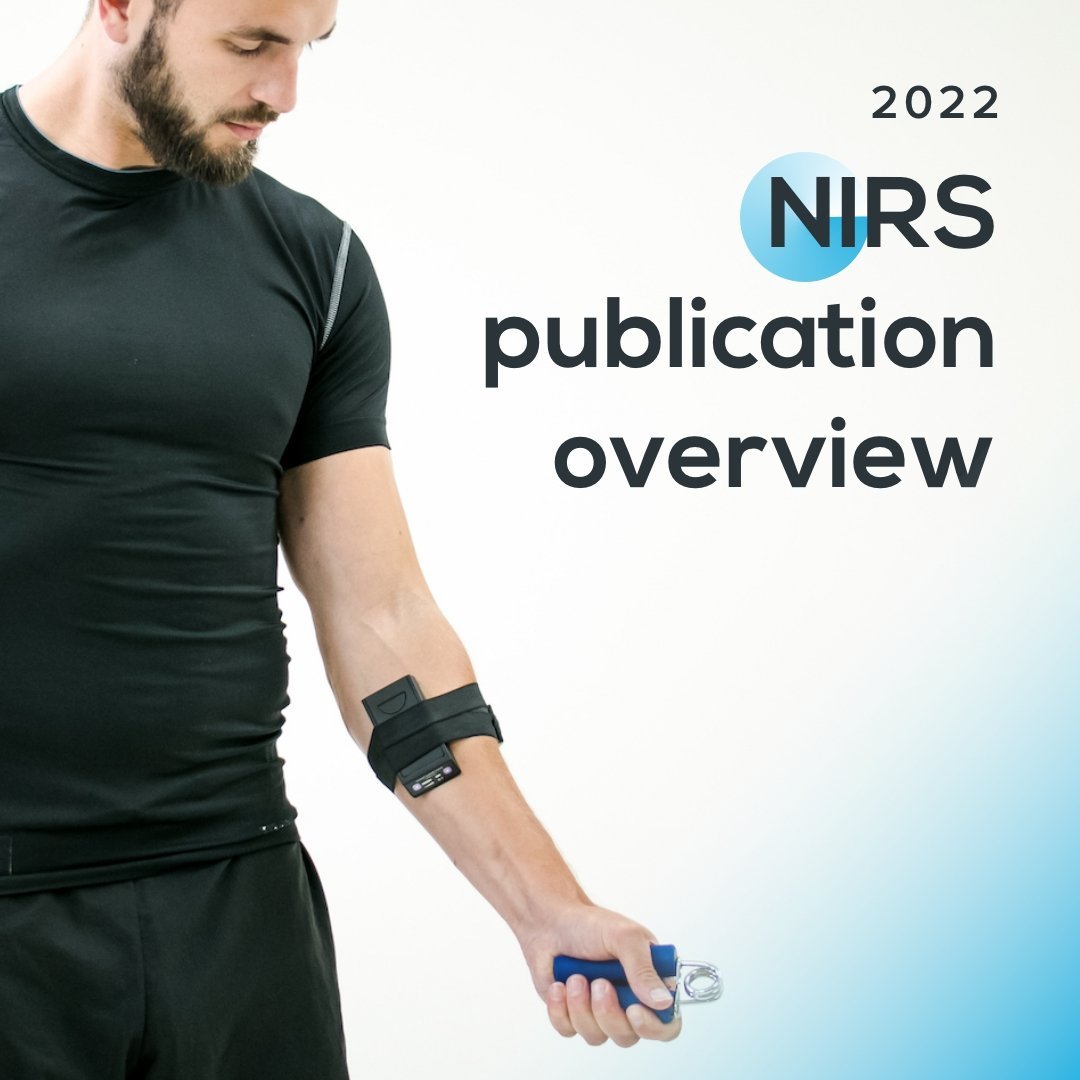
Publication Overview with our NIRS devices in 2022 – Muscle
We are proud that several papers using our NIRS devices to measure muscle oxygenation from different body parts and in various application fields were published in 2022. Read this blog post to get an overview of application areas NIRS can be used in, and which devices can be applied. Also, find highlighted publications per category that were performed with our devices in 2022.

Publication Overview with our NIRS devices in 2022 – Brain
We are proud that several papers using our (f)NIRS devices to measure brain activation from different cortical areas and in various application fields were published in 2022. Read this blogpost to get an overview of application areas (f)NIRS can be used in, and which devices can be applied. Also, find highlighted publications per category that were performed with our devices in 2022.

Innovating Medical Research with a qualitative and sustainable working Culture
Medical and scientific research often requires state-of-the-art equipment that can deliver accurate and reliable results, and manufacturers that prioritize innovation and quality can provide the necessary tools to support scientific advancement. Artinis Medical Systems is an innovative Dutch company that is active in the field of medical research and quality assurance and also lives up to those quality standards. However, what makes us a leading company is sometimes beyond the instruments themselves…
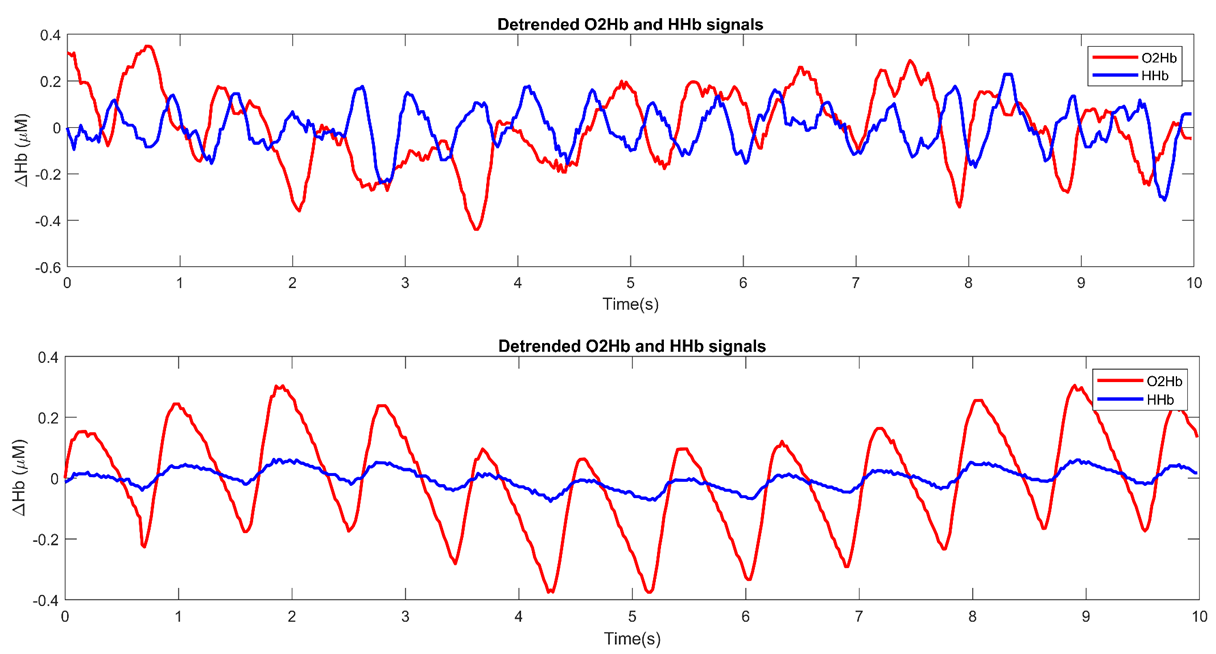
Assessing NIRS signal quality – Implementation of the Signal Quality Index (SQI)
Achieving good signal quality is crucial for (f)NIRS data acquisition and analysis, but often difficult to determine. Therefore, we developed an algorithm named SQI (Signal Quality Index) which rates NIRS signal quality. Read this blogpost to learn more on how this SQI is specified and how it can be implemented in your research.
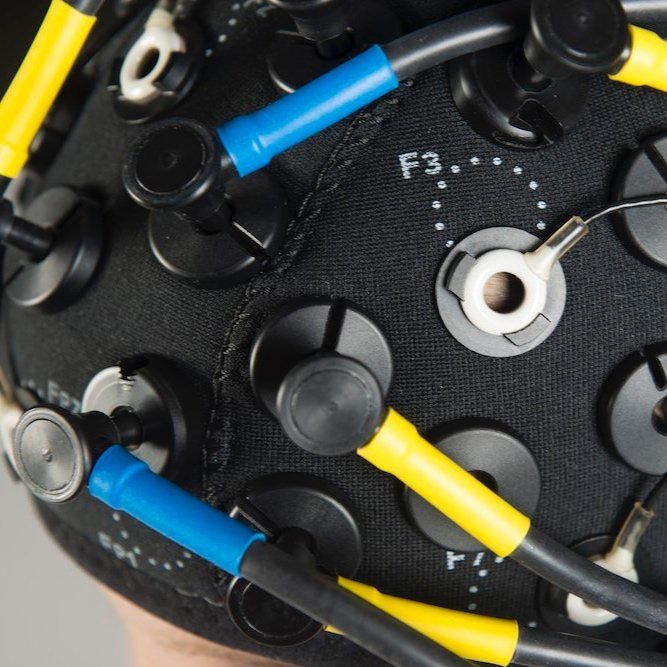
Introduction to multimodal fNIRS — EEG measurements
In this blog post, we give an introduction to multimodality and explain the hallmarks, advantages, and challenges of combining fNIRS and EEG to measure brain activity. This is the first part of a blog post series on multimodality fNIRS-EEG measurements.

The use of Inertial Measurement Unit (IMU) to detect motion artifacts
Due to its portability, NIRS and fNIRS devices are often used to measure brain and muscle activity during studies that involve movement. To detect motion artifacts that might occur during these experiments, some of our devices, for instance, Brite and PortaLite MKII, incorporate an inertial measurement unit (IMU). Read this blog post, to learn more about the technology behind IMU and how it is used to detect motion artifacts.

Recommended Brain and Sports Sciences conferences to visit in 2023
As we come from research ourselves, we know the value of visiting conferences to get in contact with scientists from different application fields and learn about latest technological developments and trends. In this blogpost, we present our top pick for conferences to visit in 2023, for instance the ARTscientific conference to bring together (f)NIRS researchers all-over the world and enable exchange about their research.
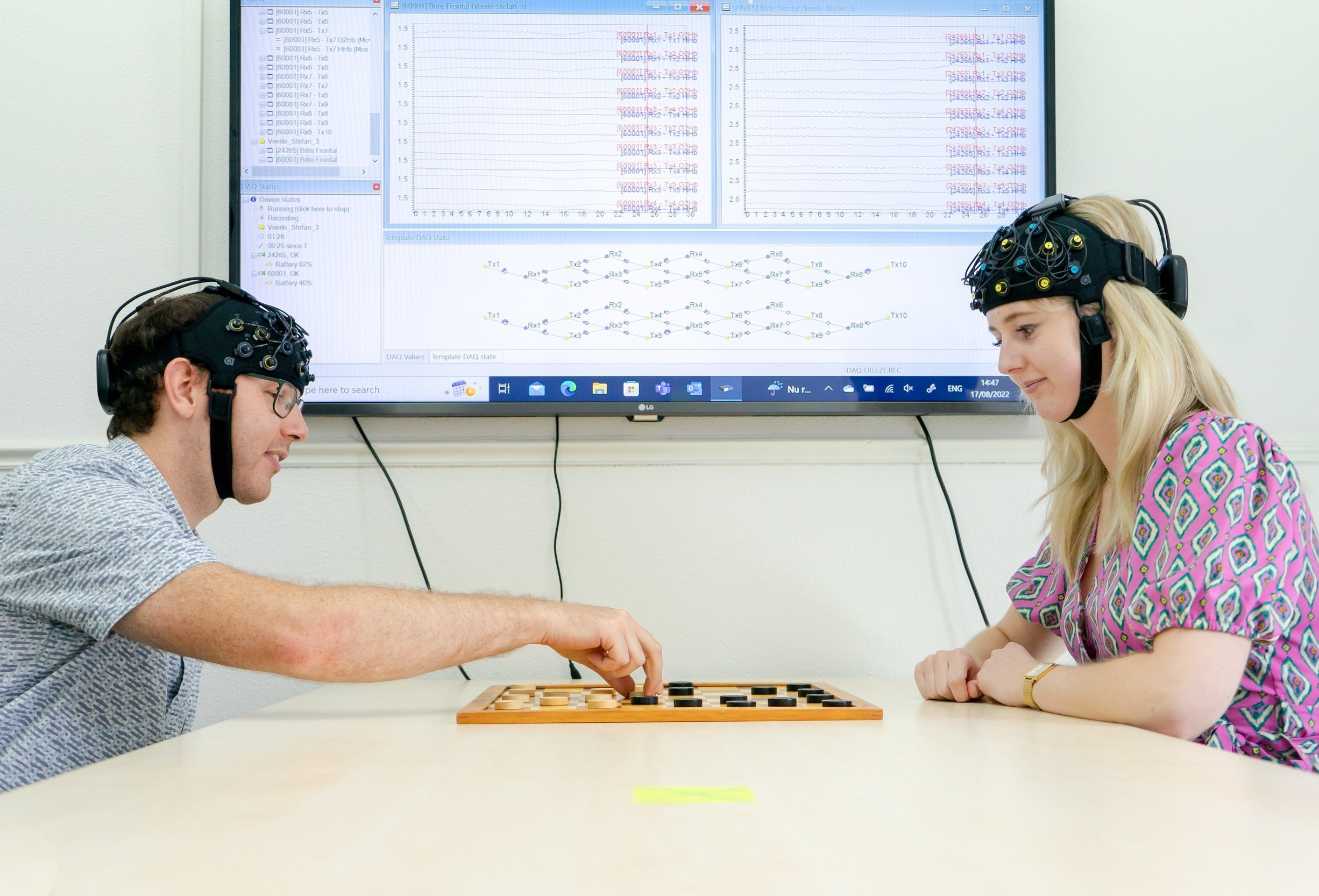
Measuring brain activity during playing a competitive checker game – a fNIRS hyperscanning mini study
In hyperscanning, brain activity and connectivity of multiple subjects are measured simultaneously during social interaction, for instance in competitive situations. fNIRS is often used as neuroimaging technology for hyperscanning in cognitive studies due to its portability and relative insensitivity to movement artifacts. In an internal mini-study, we tested the use of Brite Frontal to perform hyperscanning while participants played a competitive game of checker.
